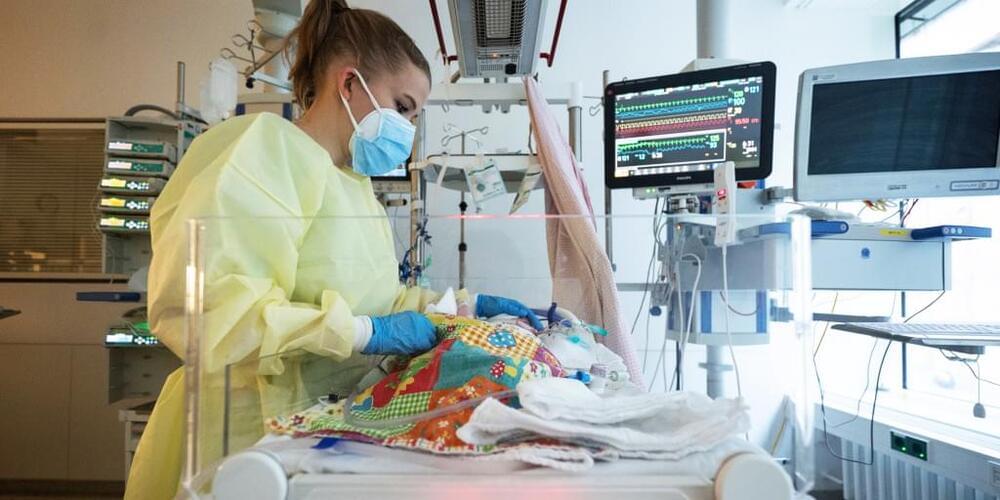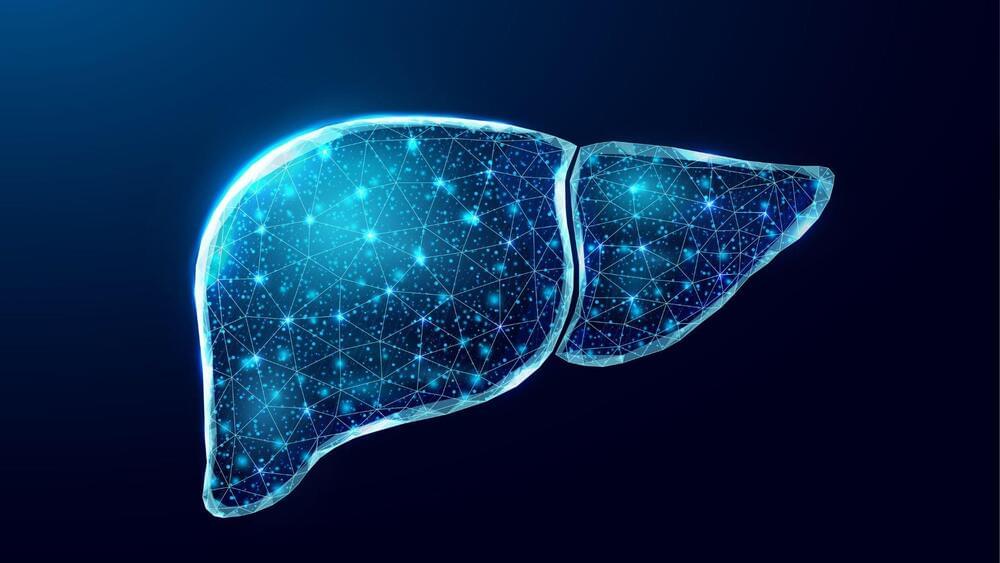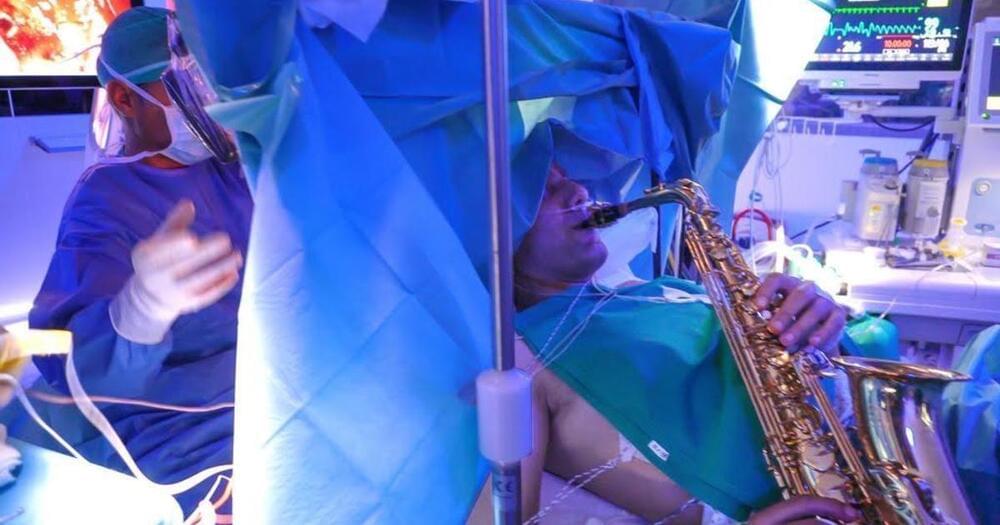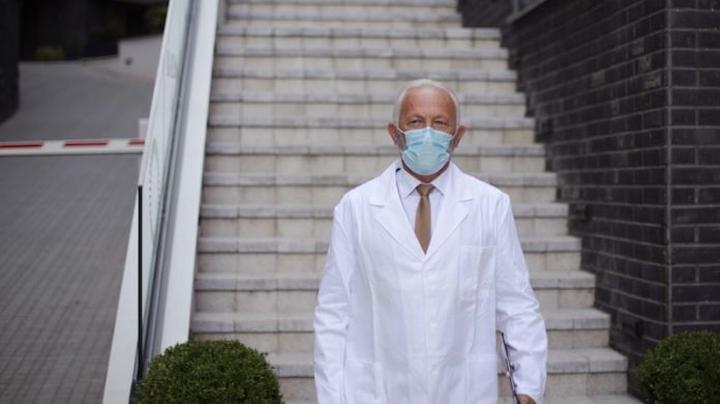Doctors in five states reported that their hospital capacity was strained due to an influx of RSV patients. The respiratory virus most severely impacts babies.



Doctor shares five ways to live longer. We all know that to live a long quality life, we have to make healthy lifestyle choices that require commitment and discipline like eating well and exercising. There’s no way around it, but there’s other things we can do as well that help prolong our lifespan.
Join us on Patreon!
https://www.patreon.com/MichaelLustgartenPhD
Bristle Discount Link (Oral microbiome quantification):
ConquerAging15
https://www.bmq30trk.com/4FL3LK/GTSC3/
TruDiagnostic Discount Link (Epigenetic Testing)
CONQUERAGING!
https://bit.ly/3Rken0n.
Quantify Discount Link (At-Home Blood Testing)
https://getquantify.io/mlustgarten.
Cronometer Discount Link (Daily diet tracking):
https://shareasale.com/r.cfm?b=1390137&u=3266601&m=61121&urllink=&afftrack=
Support the channel with Buy Me A Coffee!
Scientists have successfully increased the lifespan of animals and there are first studies which describe how we might reverse aging. So how could we one day rever aging?
🔬 Subscribe for more awesome biomedical research: https://bit.ly/2SRMqhC
📸 IG: instagram.com/clemens.steinek.
🔬Twitter: https://twitter.com/CSteinek.
In the 70s, scientists observed that cells only grow for a limited amount of days in the laboratory (Hayflick limit). Over the years, so-called hallmarks of aging have been uncovered. These hallmarks of aging govern how our cells age and we could try to slow dem down to “reverse aging”.
The first hallmark of aging is mutation. We can acquire mutations by being exposed to UV radiation or certain chemicals or through cell division. Cell divsion also leads to a second hallmark of aging (telomere attrition). Furthermore, our mitochondria start to work less as quality checks do not work properly anymore.
The hallmarks of aging are tightly linked to epigenetics. Epigenetics means that we have mechanisms (DNA methylation, histone modifications) which regulate the activity of genes. Epigenetics governs the development of embryonic stem cells into cells of our body but also impact aging. The loss of mitochondria for example is linked to dysfunctional epigenetic layers. As we age, at least three epigenetic modifications namely H4K16 acetylation, H3K4 trimethylation, or H4K20 trimethylation acumulate. The thing is that epigenetics is reversible… so can we also reverse aging?
Diets have been shown to slow down (and reverse aging to a small degree). Cells also show less damages in their DNA and we find higher levels of proteins which are found in “young cells. The activity of mitochondria is also increased if we undergo caloric restriction. Diets also impact the production of sirtuins which increase the lifespan and reverse aging. Different compounts (such as NMN and remodelin) have been shown to improve the epigenetic landscape which might have an effect on reversing aging. Exercise also might help to reverse aging as it helps to increase the activity of mitochondria. Meditation and having less stress also helps to increase the lengths of telomeres which might help to reverse aging. All in all studies suggests that some hallmarks of aging can be reversed so lets see where that goes!
0:00–0:46 Intro.
0:46–3:53 Hallmarks of Aging.
3:53–6:38 Epigenetics Controls Genes.
6:38–8:45 Reversing Aging: what is known.
8:45–11:25 Reversing Aging through Diets & Sports.
11:25–12:13 My Opinion.
References:


These findings indicate that liver cell repair and tissue regeneration are occurring.
The liver is known for its ability to regenerate. It can completely regrow itself even after two-thirds of its mass has been surgically removed. But damage from medications, alcohol abuse or obesity can eventually cause the liver to fail. Currently, the only effective treatment for end-stage liver disease is transplantation.
However, there is a dearth of organs available for transplantation.
Liver — Organ/iStock.
But what if, instead of liver transplantation, there were a drug that could help the liver regenerate itself?

SpaceX’s 25th cargo resupply mission to the International Space Station (ISS) launched from Pad 39A on July 15, 2022. The Cargo Dragon carried up to 13,000 lbs of scientific payload and tech, including 8 Cubesats. The capsule docked with the ISS on July 16, 2022.
The Dragon Capsule carried out a variety of experiments that are designed to help scientists understand more about the world around us. The scientific research performed in the microgravity aboard the ISS can’t be replicated anywhere else. Consider the ISS like an orbital laboratory, performing science for the Earth — off the Earth.
These experiments include studies of the immune system, including how it responds to stress and medications.


In 1906, Alois Alzheimer, a psychiatrist and neuroanatomist, reported “a peculiar severe disease process of the cerebral cortex” to a gathering of psychiatrists in Tübingen, Germany. The case was a 50-year-old woman who suffered from memory loss, delusions, hallucinations, aggression and confusion – all of which worsened until her untimely death five years later.

O.o!!!.
Johns Hopkins researchers say that an experimental anticancer compound appears to have reversed behaviors associated with schizophrenia and restored some lost brain cell function in adolescent mice with a rodent version of the devastating mental illness.
The drug is one of a class of compounds known as PAK inhibitors, which have been shown in animal experiments to confer some protection from brain damage due to Fragile X syndrome, an inherited disease in humans marked by mental retardation. There also is some evidence, experts say, suggesting PAK inhibitors could be used to treat Alzheimer’s disease. And because the PAK protein itself can initiate cancer and cell growth, PAK inhibitors have also been tested for cancer.
In the new Johns Hopkins-led study, reported online March 31 in the Proceedings of the National Academy of Sciences, the researchers found that the compound, called FRAX486, appears to halt an out-of-control biological “pruning” process in the schizophrenic brain during which important neural connections are unnecessarily destroyed.